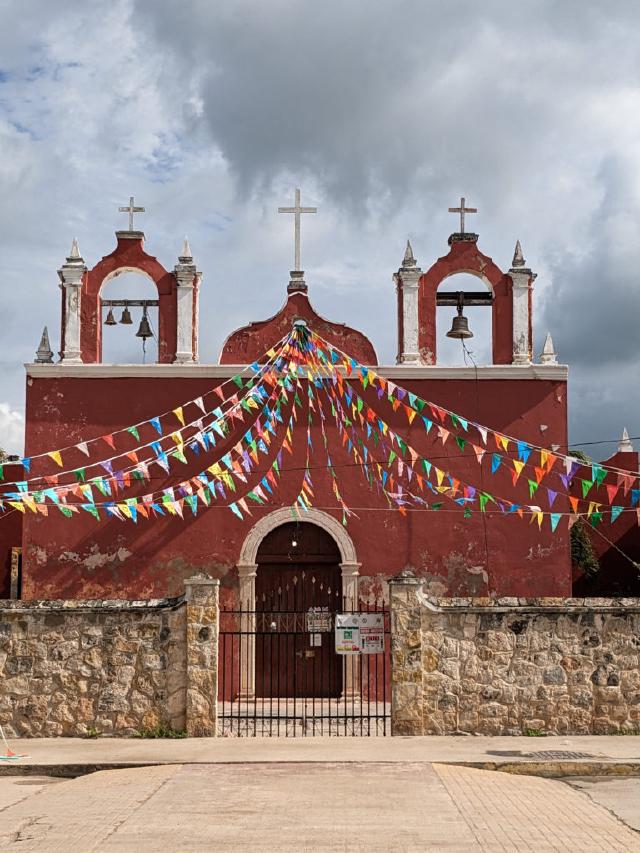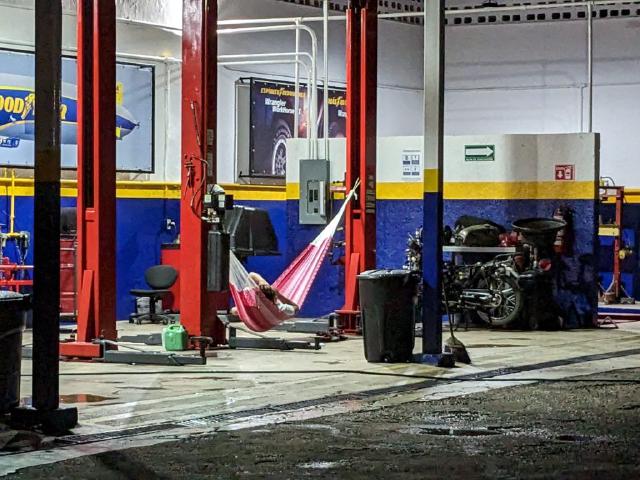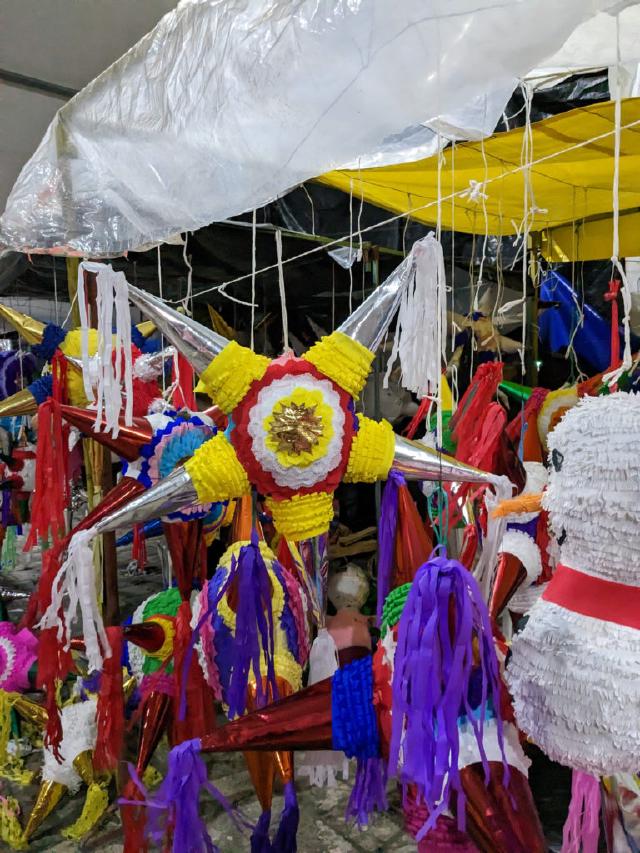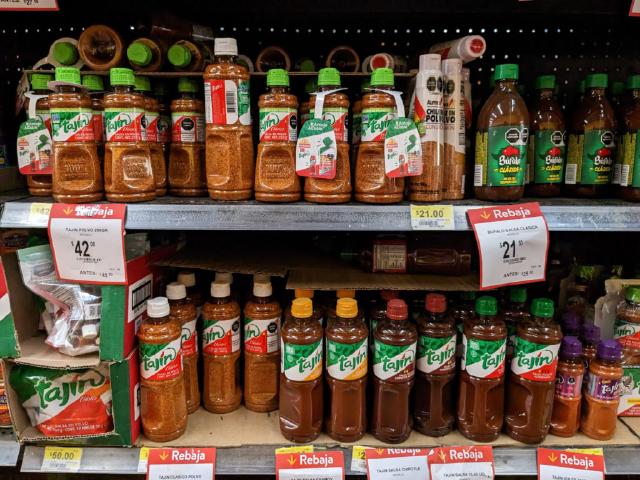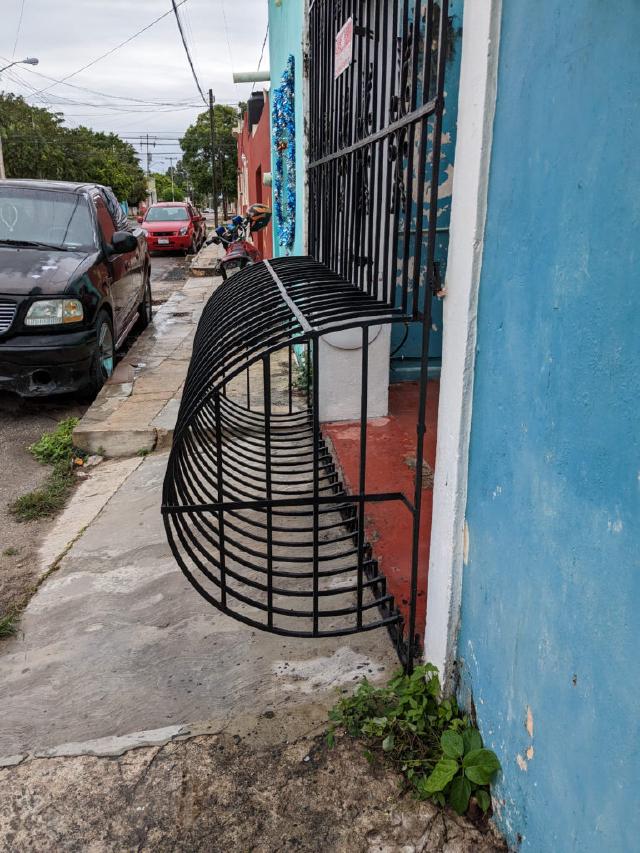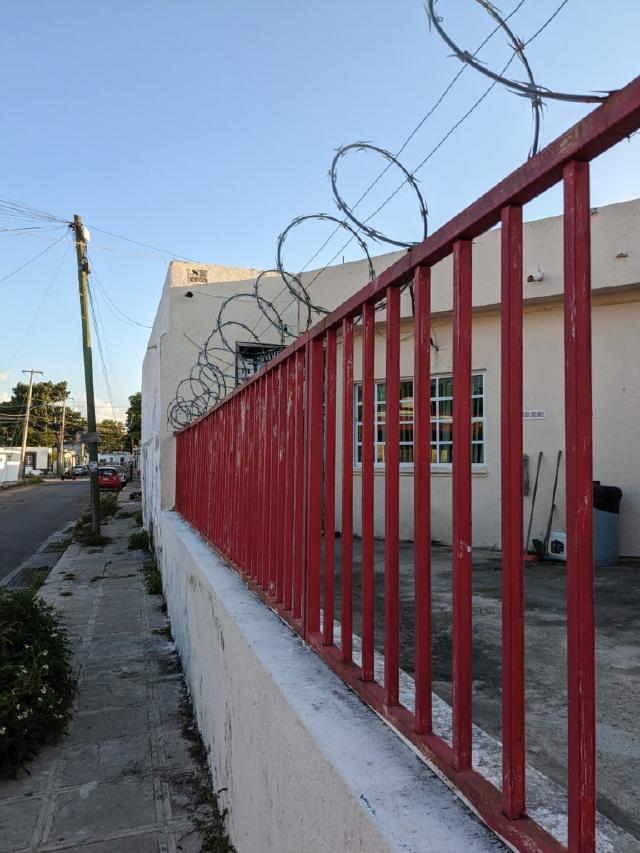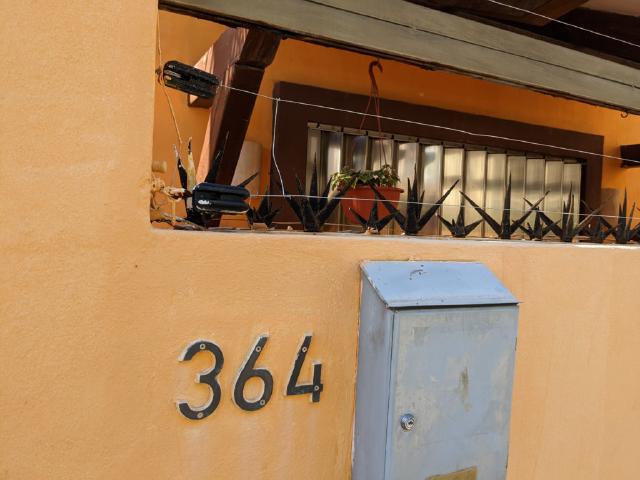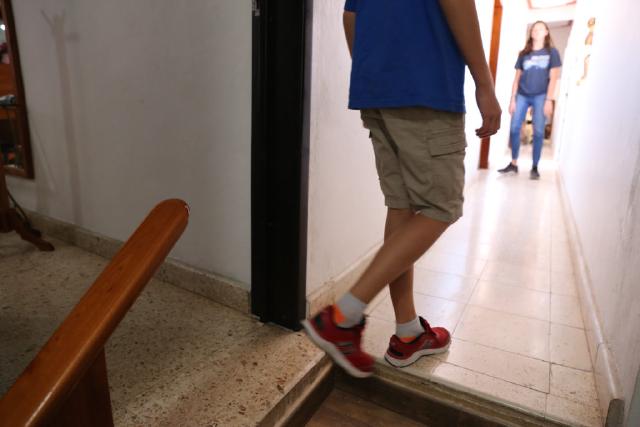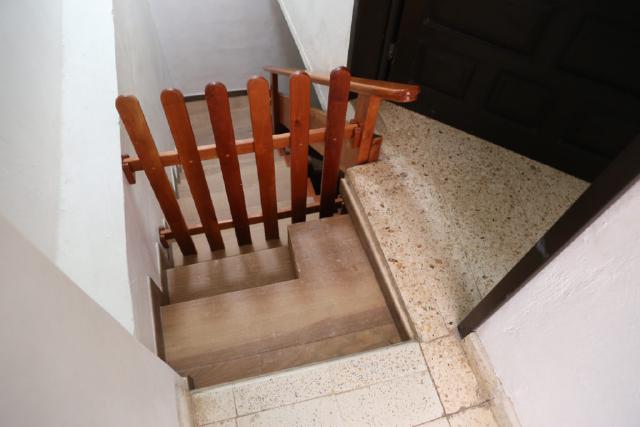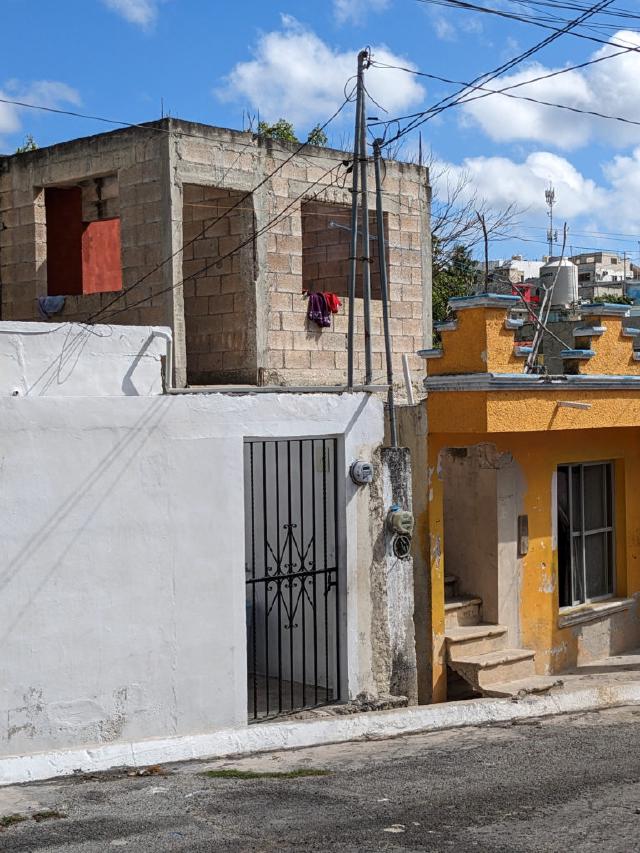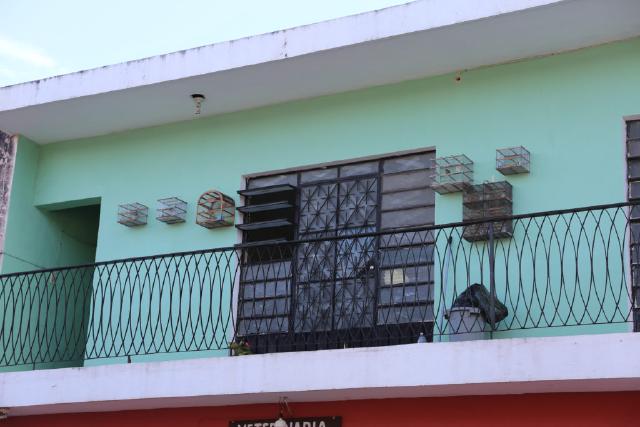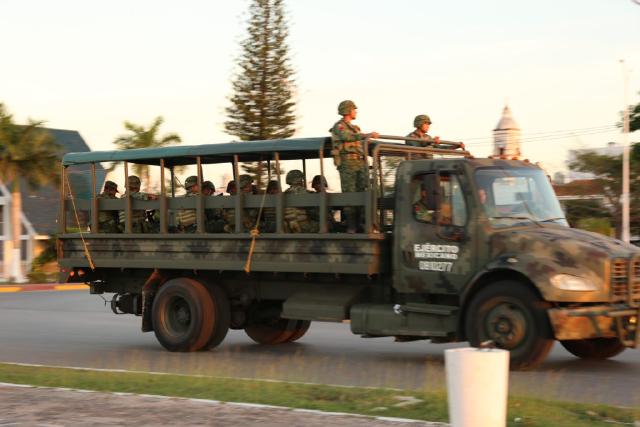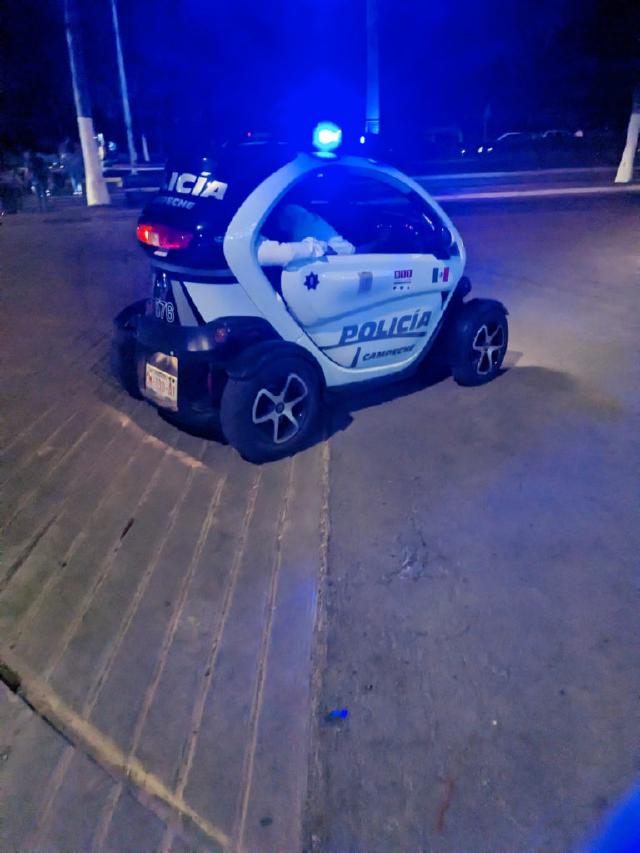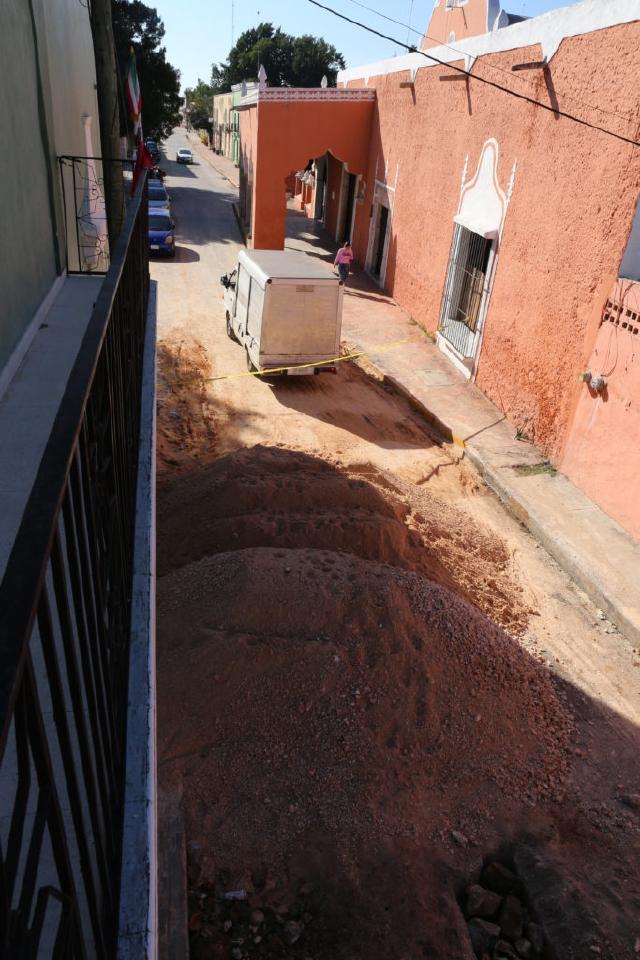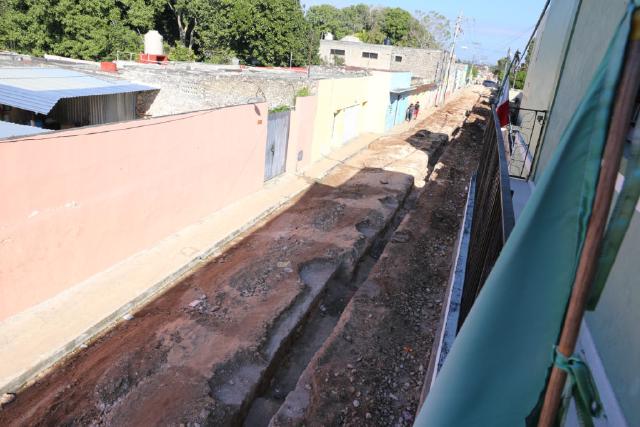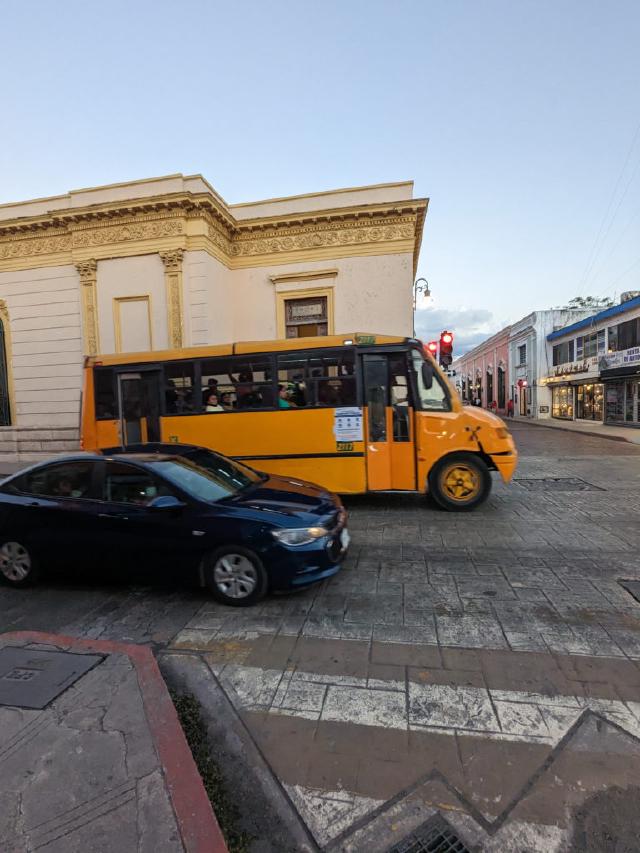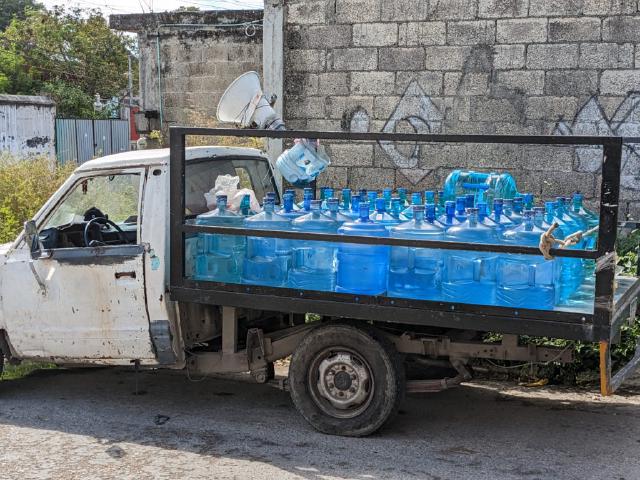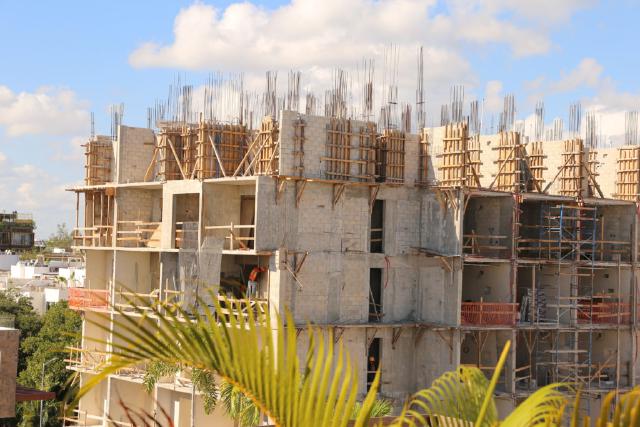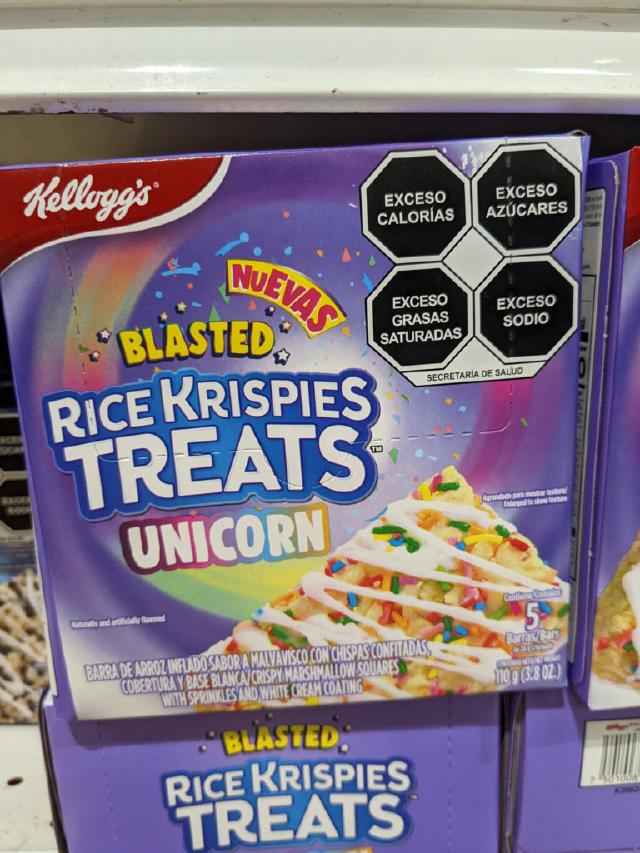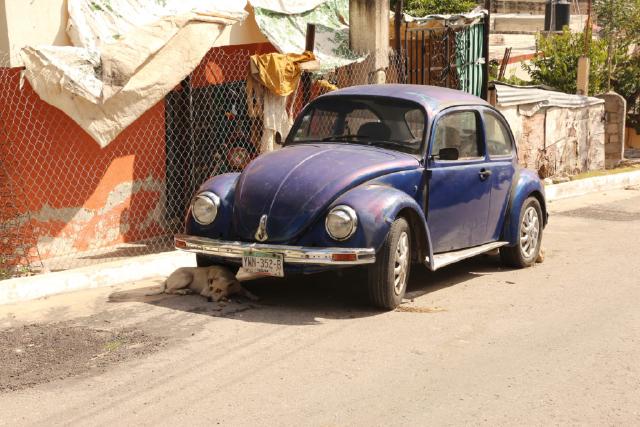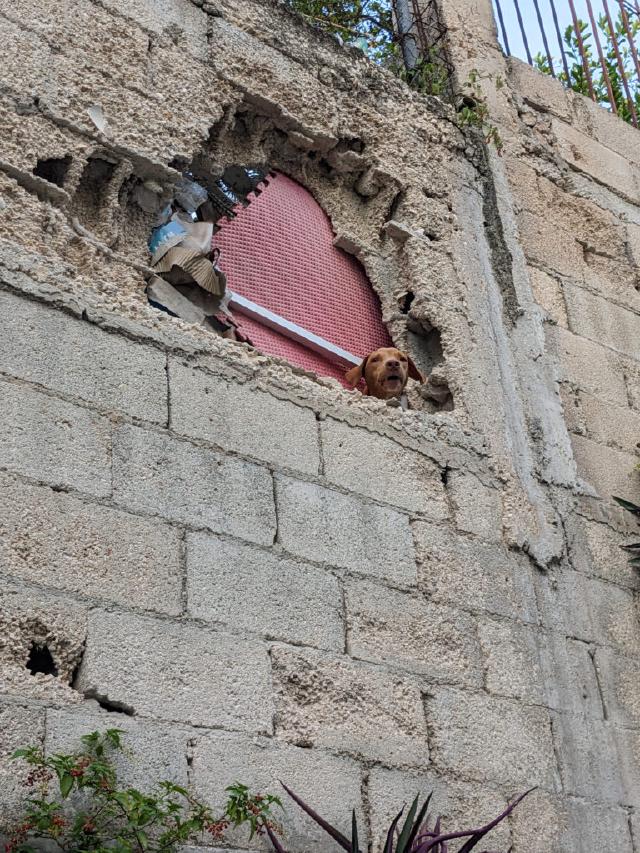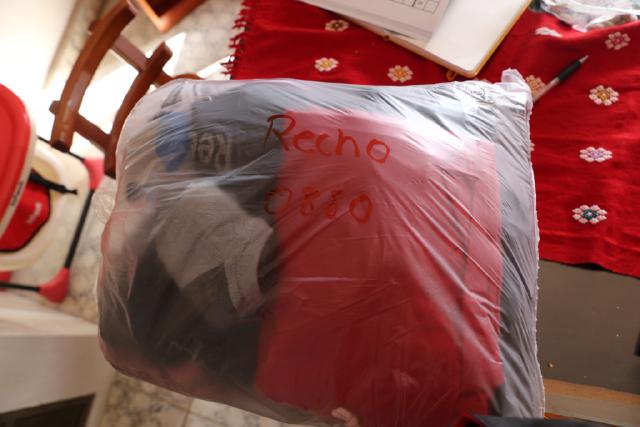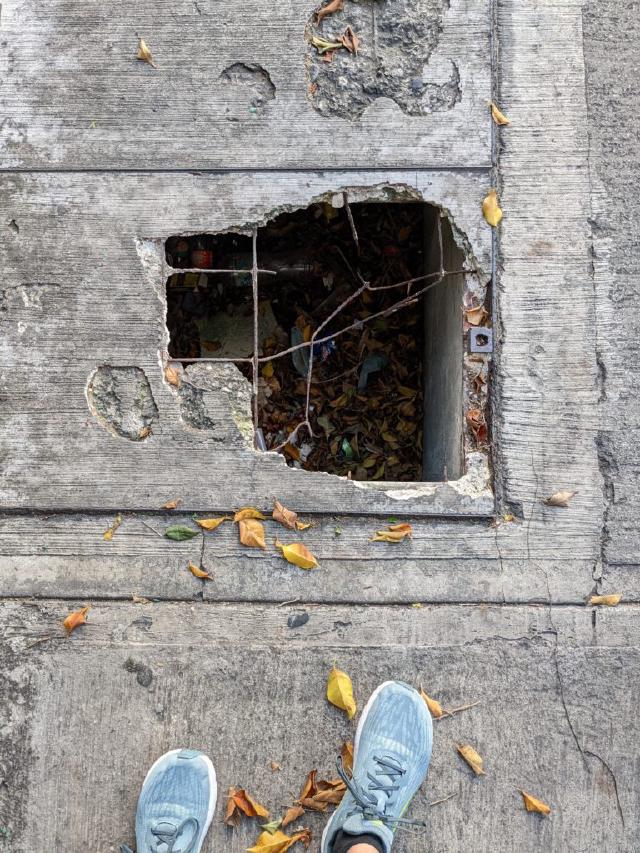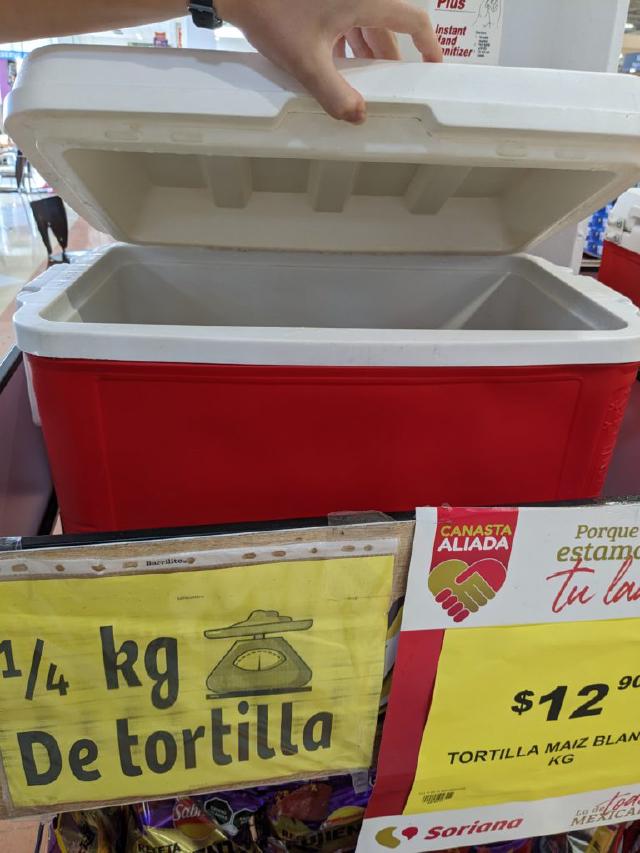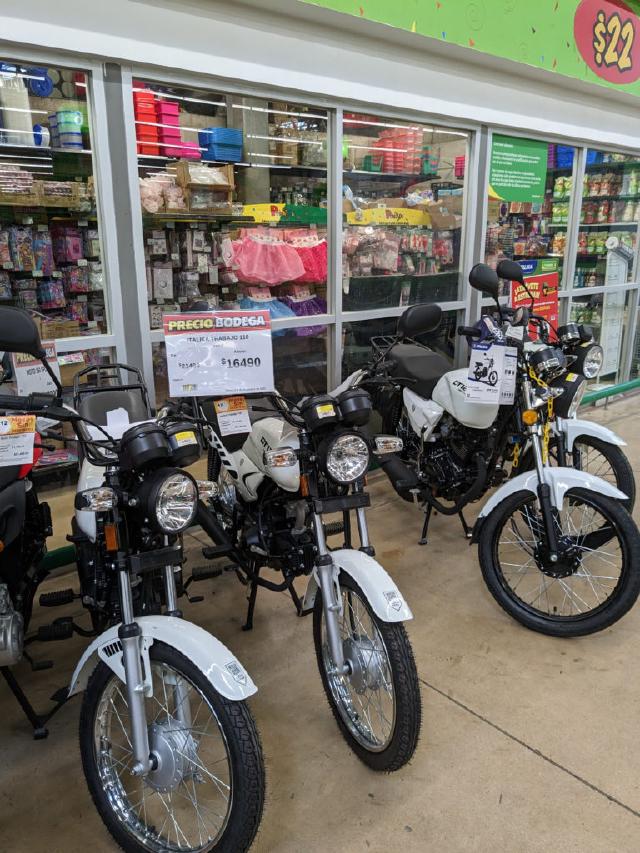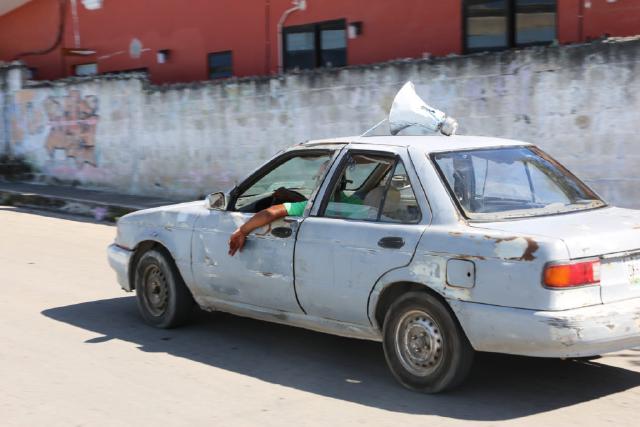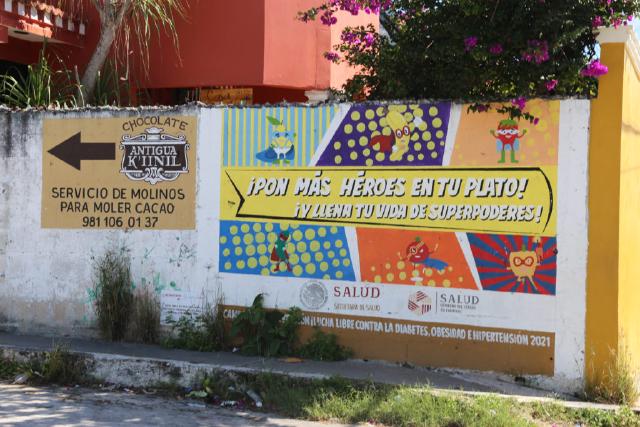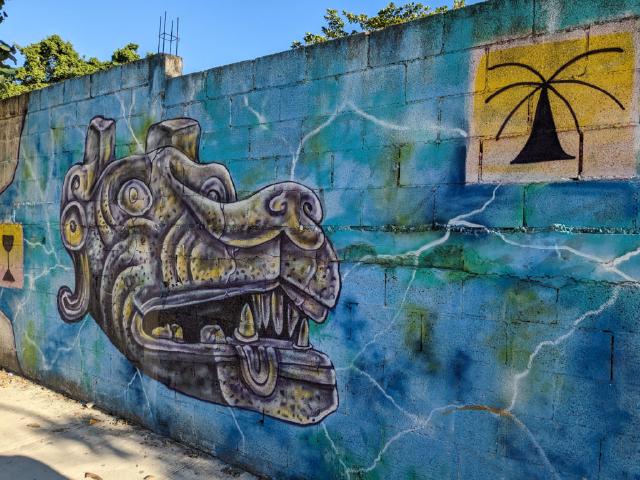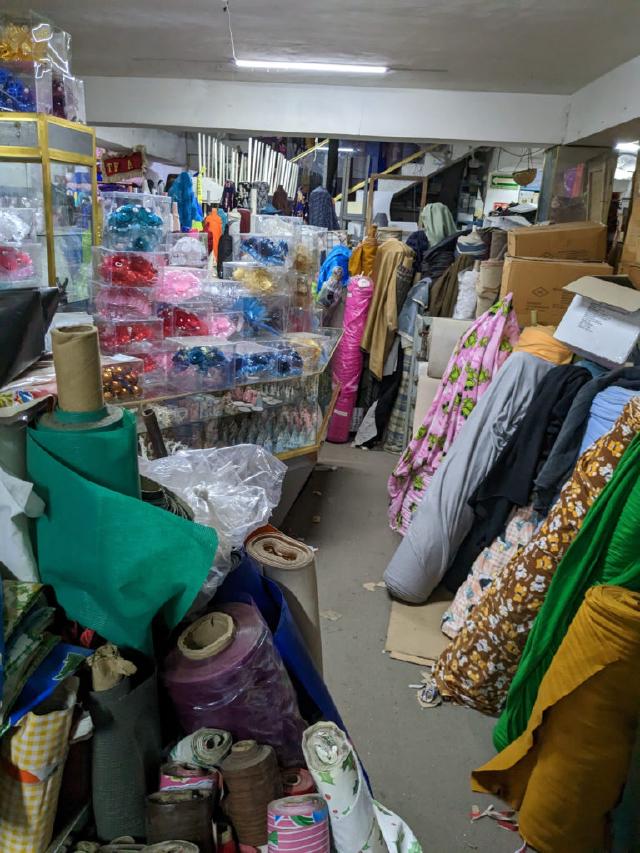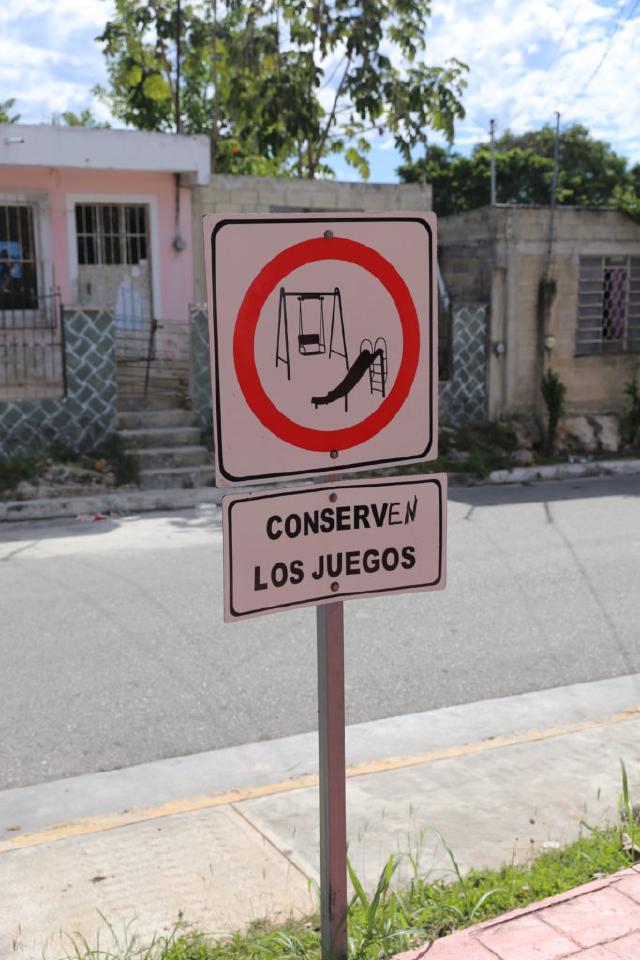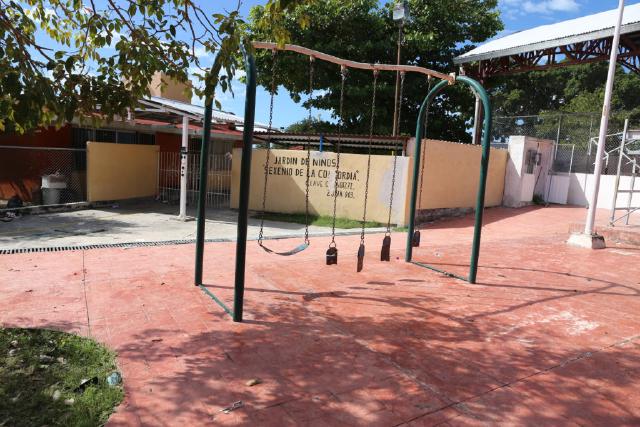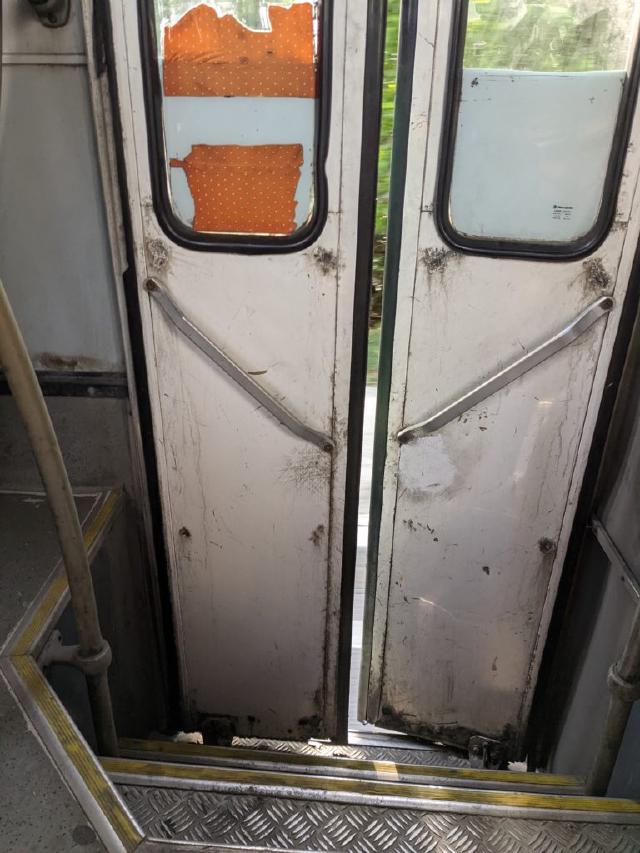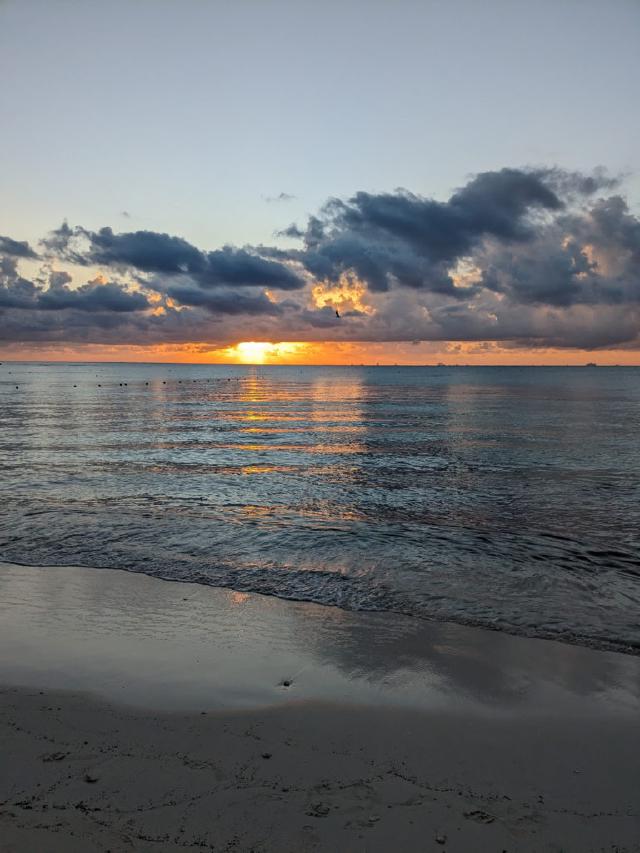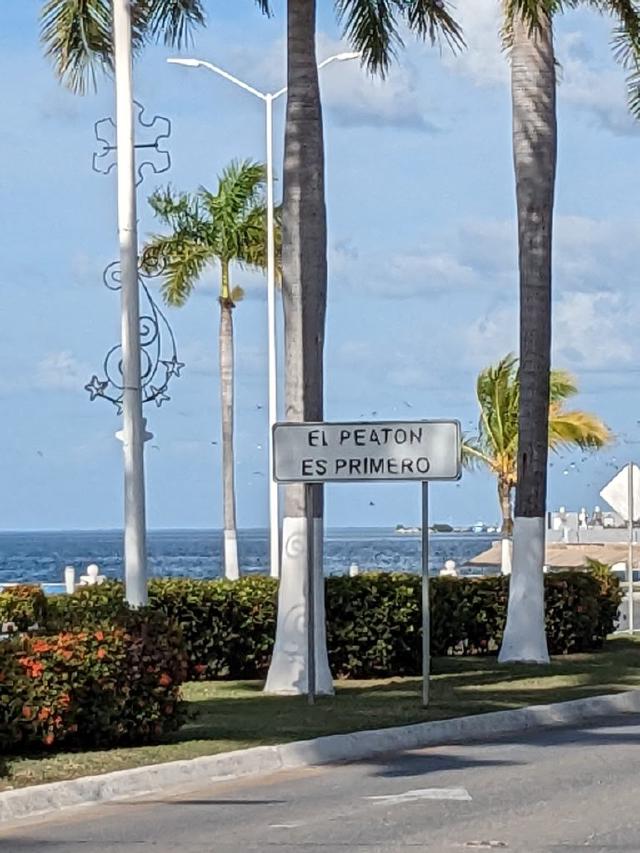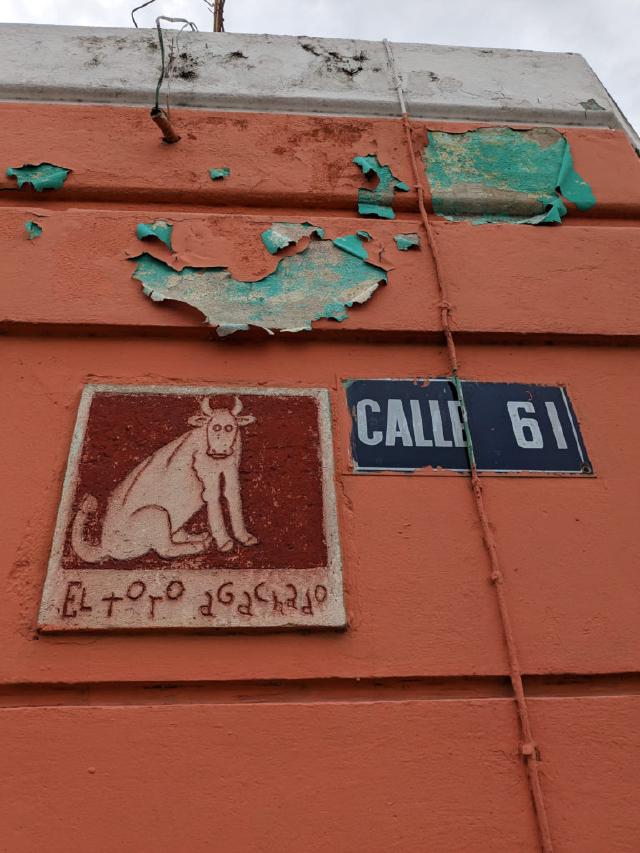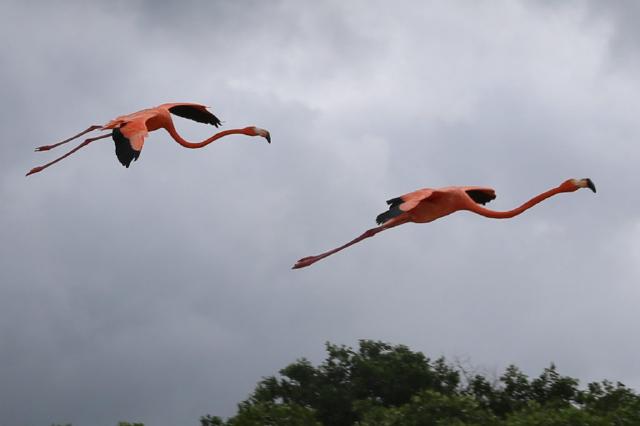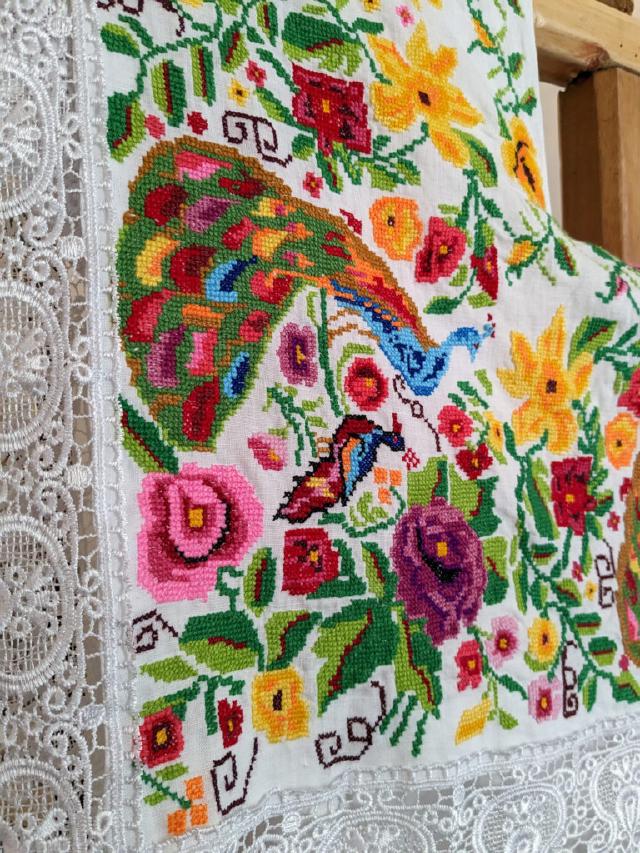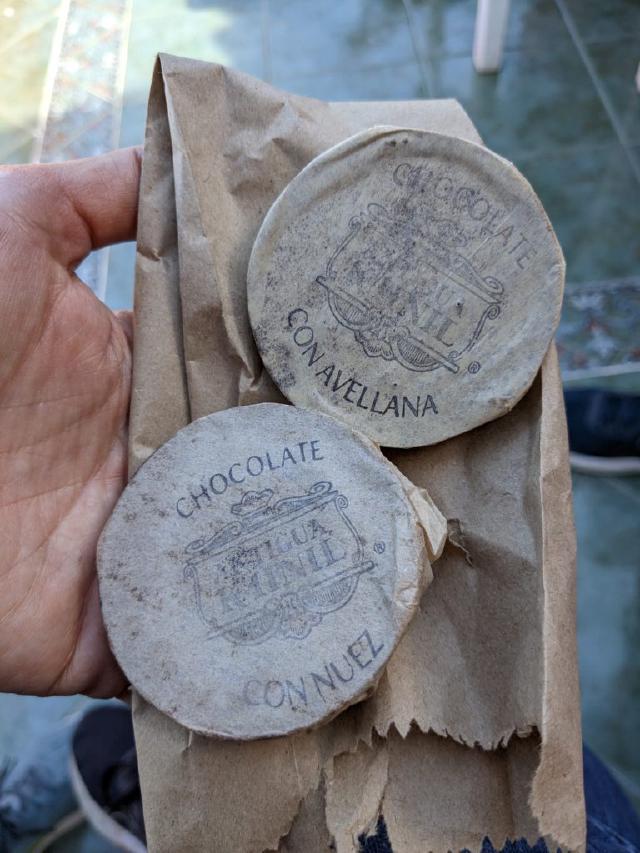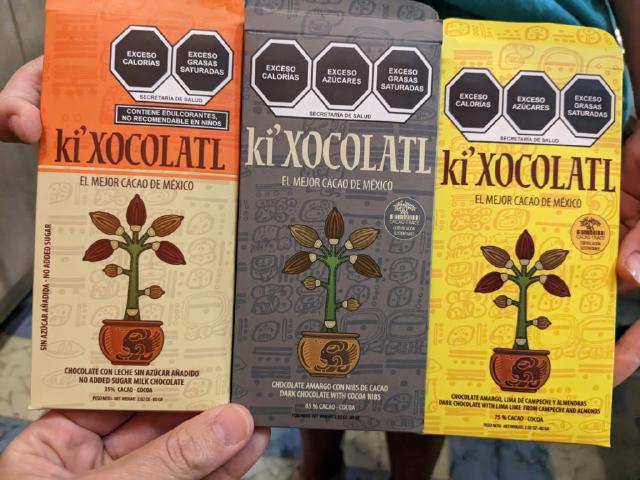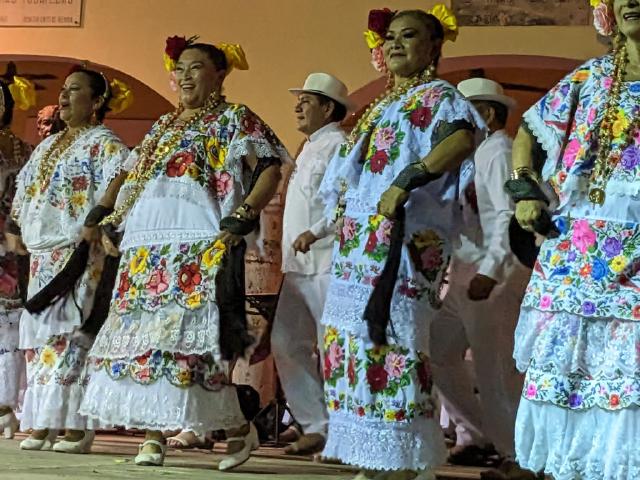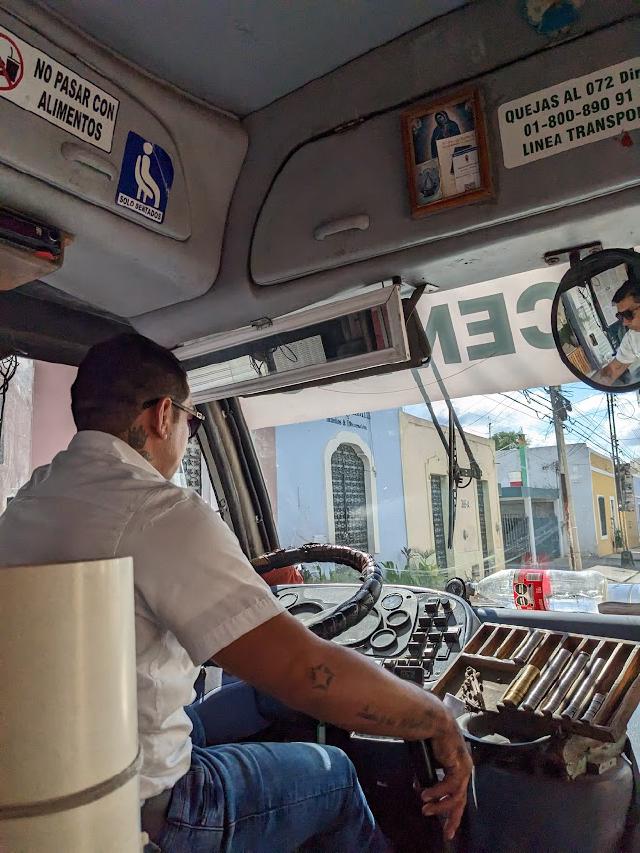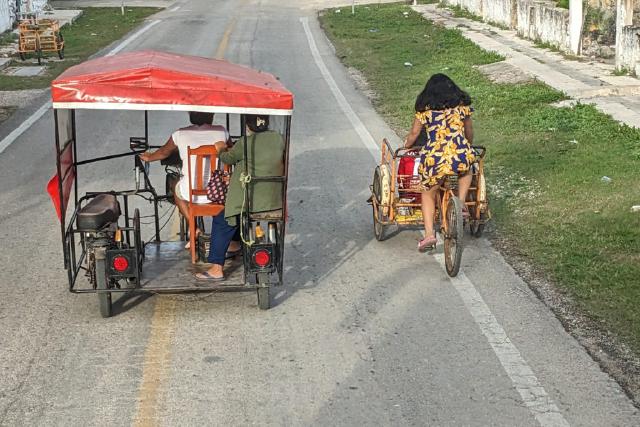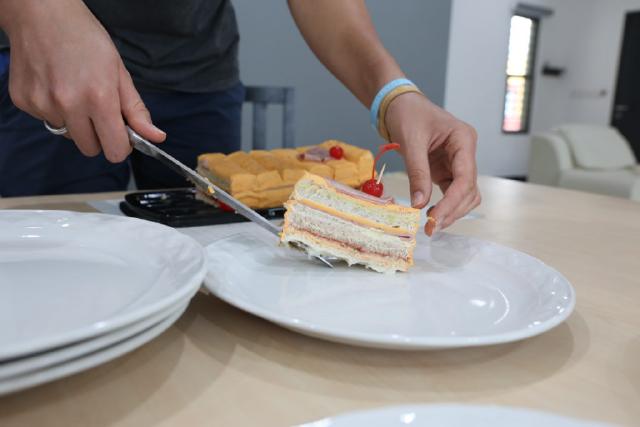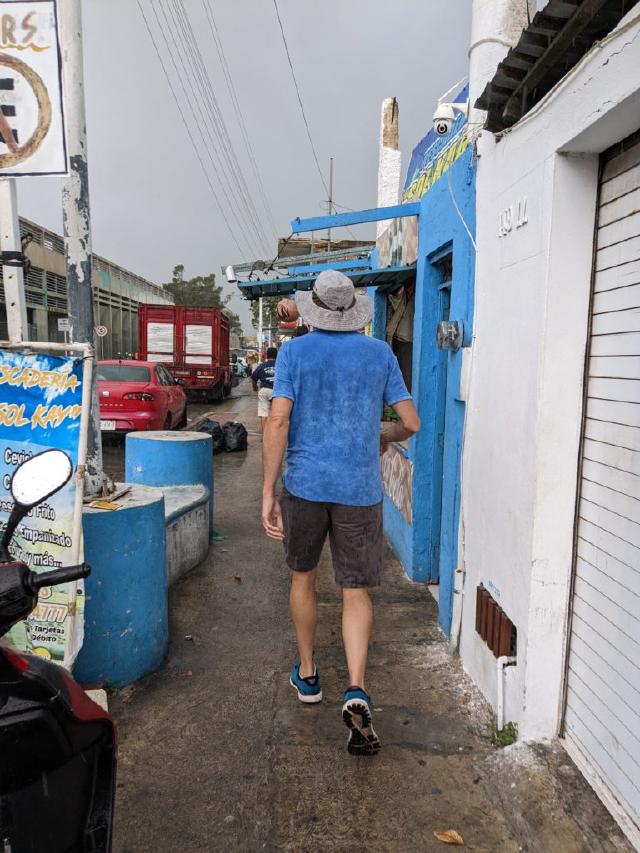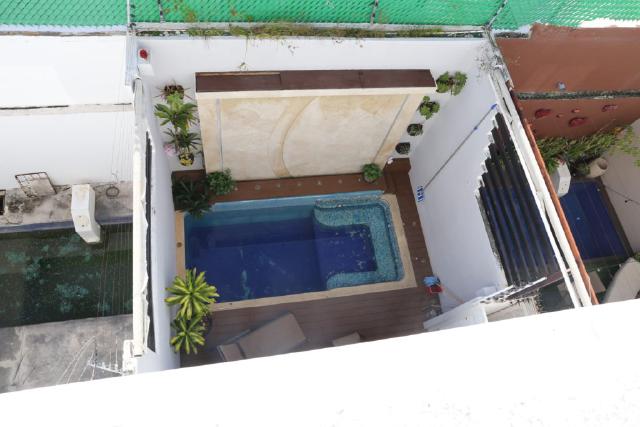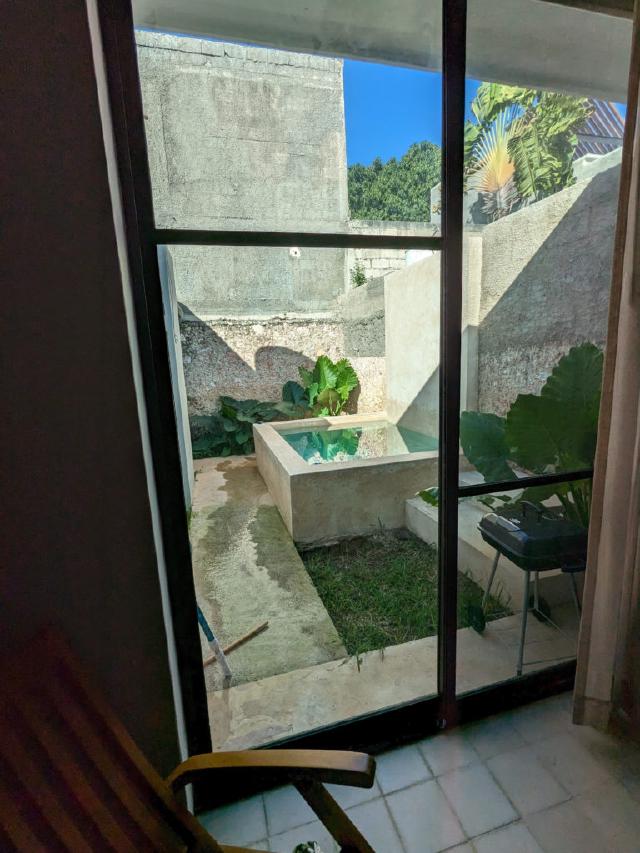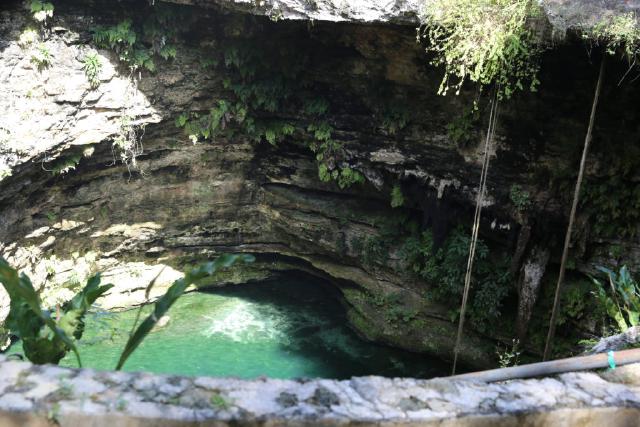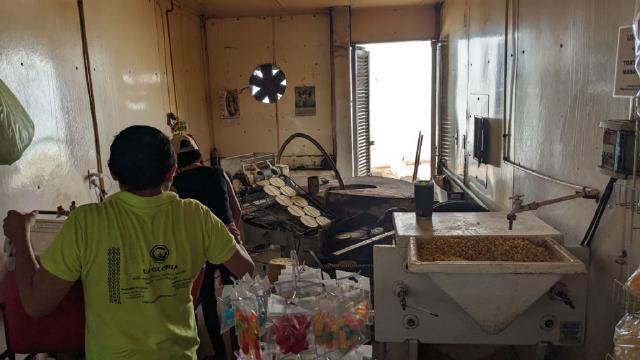We recently took an extended trip to México’s Yucatán Peninsula. Here are some of the things that surprised and delighted us.
1. Abundance of Churches
The cities we visited were vestiges of Spanish colonization. Each had a main cathedral with a plaza. But there were lots of Catholic churches in each city. We had an Airbnb directly across from the San Roman Cathedral in Campeche. With their doors open during the worship services, we could easily hear the prayers and singing. They have a black ebony statue of Christ that is 457 years old. Another church in Campeche boasts hosting the first Mass in mainland México in 1517.
2. Abundance of Hammocks
Everyone enjoys a hammock! Many of our apartments had hammocks as part of the furniture. This area of the Yucatán is where hammocks are handmade. They are stunning works of art! We laughed at this hammock strung between two bays of the auto repair shop.
3. Abundance of Piñatas
They really know how to celebrate! We loved the colorful handmade piñatas for sale.
4. Abundance of Tajin
We already loved tajin before our trip, so we were especially glad to see it often at stores. And, of course, it was always served with mango.
5. Gate at the Sidewalk
The front yard fence is flush with the edge of the sidewalk. Much of the time, this fence was a moveable metal gate that allowed for parking in the front yard. Some were very creative, such as this one, that allowed a few extra inches so that a small sedan could fit. Not exactly a garage, but close enough.
6. Barbed Wires and Broken Glass
Along with the gates were the protections along the gate edge. Sometimes broken glass, sometimes barbed wire, sometimes more decorative.
7. [Lack of] Safety Regulations
There seem to be few rules and supervision about building homes. Many homes had unfinished second stories. One of our apartments had a bedroom door opening directly into the staircase.
8. Pet Store With Birds on the Outside
Such clever advertising! Attach the cage to the wall on the porch so everyone can enjoy the pet birds.
9. Police and Military Presence
We saw more policemen and military vehicles than I had expected. The automatic weapons they carried were intimidating.
10. Unexpected Road Changes
One of our apartments was on a road that was unexpectedly excavated the day we arrived. If not for the pile of gravel at the end of the road, many motorcyclists would have ended up inside the ditch, since there was no signage indicating the change.
11. Honk as you Enter the Intersection
Rather than stopping as you enter a neighborhood intersection, drivers would give a few taps of the horn and continue at full speed.
12. Cinder Block Construction
Most buildings, even those several stories high, are cinder block construction. This method allows for quick and inexpensive construction while also reducing moisture problems. In the areas where we traveled, most homes were only one story. When we saw construction in other cities, they were using manpower to pass supplies rather than cranes.
13. Warnings from the “Secretaria de Salud”
We were surprised at the front-of-pack warning labels on food and beverage products deemed high in calories, sugar, saturated fat, trans fat, and sodium, and those containing non-caloric sweeteners. These warning labels allow quick identification of healthy and unhealthy products and are designed to help people make healthier decisions and combat growing rates of obesity and diet-related diseases.
14. Stray Dogs
The dogs were stressful. Not only would they bark at you in the street, they would bark at you from the rooftops. In some locations, there were large groups of dogs, roaming free without leash and collar. They were intimidating. In addition to the dogs, I was surprised when a stray cat entered a public bathroom and walked under all the stall doors!
15. Lavanderia
Only one of our apartments had a washing machine. Rather than using a laundromat (there aren’t any) we would take our laundry to a person in the neighborhood who owned a washing machine. They would charge us by kilogram of laundry, and typically had it ready within 24 hours. They could not seem to understand or spell my name “Rachel.” Some of the lavanderias had crazy chaos in managing their orders.
16. Sidewalk Disrepair
The sidewalks were frequently damaged. There were gaping holes, crumbling corners and uneven drops. Additionally, they were often crowded with vendors or uprooted by trees.
17. Use of Coolers
Never have I seen so many coolers in clever use! Most stores kept a cooler for fresh corn tortillas to keep them warm.
18. Motorcycle Safety
Most motorcylcists we saw wore helmets, even if they weren’t always buckled. I was astonished to see young children on motorcycles, sandwiched between their parents. One mother was even nursing while riding! We also saw passengers carrying piñatas, with their colorful streamers flowing behind them. One even carried a tall holiday cake one-handed while she gripped the driver with her other hand.
19. Neighborhood Ads
Drivers attached megaphones to the top of their car and drove through neighborhoods, blasting the political campaign or memorable jingle. Also, one wall of the property of a home we rented was covered with ads. Additionally, motorcyclists would canvas the neighborhood beginning at 4 pm with coolers strapped on the back and a continuous but friendly honk to announce they had arrived and food was available to purchase.
20. Graffiti
Like many modern neighborhoods, graffiti is common. Though it was heartbreaking to see it destroy historic statues, much was astonishingly creative.
21. Receipt on Carbon Copy Paper
You may wonder if your children will ever understand the “cc” abbreviation of an email, because they’ve never seen actual carbon paper. Now my children have! We went to a Mexican Fabric store and all prices were written and summed by hand. Many businesses have not needed to upgrade to computerized systems.
22. Disrepair of Playgrounds
The general disrepair was discouraging, but it was especially evident at the playgrounds with broken swings and busted equipment.
23. Bus Tardiness
Though catching the bus is theoretically possible, if it only comes to the stop twice an hour, you might end up waiting more than an hour. Public transport in México is not run directly by the state; instead the government grants concessions to private companies that provide buses and drivers.
24. Close at 5 pm
Surprisingly, in the non-touristy areas, the restaurants would close at 5 pm. We had to plan ahead to make sure we could get our food!
25. Pedestrians do not have the right-of-way
On this street, there were signs reminding cars to yield to pedestrians. My husband teased me about my “Crossing Guard” behavior, but it was really stressful to get cars to slow down and notice us! Even though we were a noticeably large group, cars would still whiz past.
26. Named Street Corners
Mérida’s downtown streets create a perfect square grid with a very logical naming system: no name, just numbers. From North to South, the streets have even numbers. (Going North the number decreases, going South the number increases.) From East to West, streets have odd numbers (decreasing going East.) To simplify things, almost every corner in the historic center of Mérida was given its own unique name, which was usually also depicted by a drawing on a sign. Iconic red and white plaques show the creative names and images.
27. Naturaleza
The protected mangrove forest in Celestún was one of our favorite stops. Thousands of flamingos migrate to this area each year. Seeing flamingos fly in person was breath-taking.
28. Handicrafts
I love their willingness to sew and create. I was inspired to do more embroidery after seeing all their beautiful products.
29. Chocolate
The mayan chocolate was delicious. The texture was more grainy as they incorporate ground pieces of caco nibs.
30. Traditional Dancing
I loved the simplicity and energy of these dances. I especially valued that the dancers were older people who were still agile and fit.
31. Bus Drivers Counting Change
While driving stick shift, navigating heavy traffic and honking his horn, the bus driver could also count and distribute change. Remarkable!
32. Unsafe Vehicles
If it can roll, it can go on the road! With few regulations, many zany contraptions carry passengers.
33. Surprising Flavors
Of course we ate dozens of tacos, but none of them with cheese as a topping! It was also unusual to find cheese in the store. but we also enjoyed some surprising flavors. Nutella and parmesan, served warm! This was a common treat in Campeche. Hard boiled eggs in tacos and tamales are also common. Sandwichón is a savory cake prepared with a long loaf of crustless bread.
34. Brief and Intense Rainstorms
The heat of the afternoon would often climax with a rainstorm. We were only caught unawares a few times!
35. Dipping Pool
Many properties boasted a small pool in the backyard, but they were not for swimming. With room enough for only a few people to enjoy at a time, they are a pleasant way to cool off.
37. Cenote
With very porous soil, this part of México has many Cenotes. Rather than making rivers, the rain seeps into the subsoil. Limestone caves gradually collapse and collect the rain, forming a well. Some have deep sides and circular shapes and are still at least partially enclosed. There are more than 10,000 cenotes in the peninsula, and we were able to visit just a few.
38. Tortilleria
The machinery for making fresh tortillas was a combination of conveyor belts and griddles and worked effectively! I stared, open-mouthed the first time we saw it in use.
These are just some of the fun surprises we found on our trip! We loved being there. Thanks for reading.
